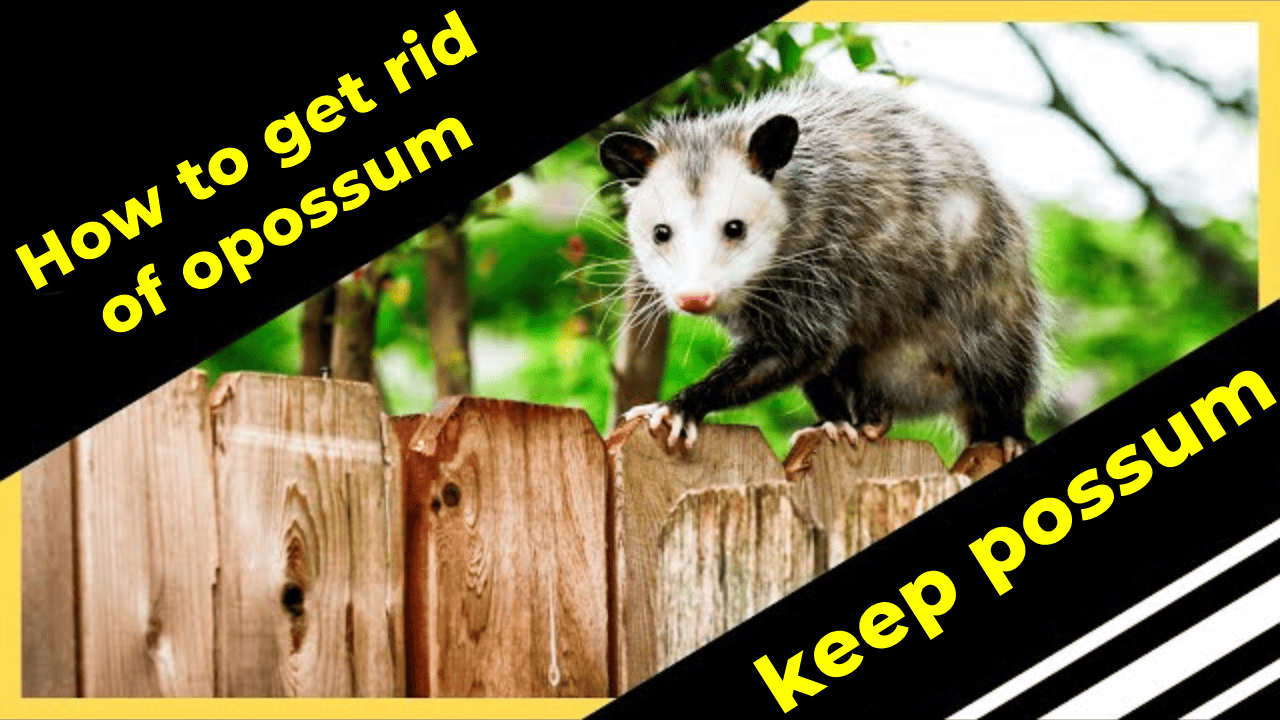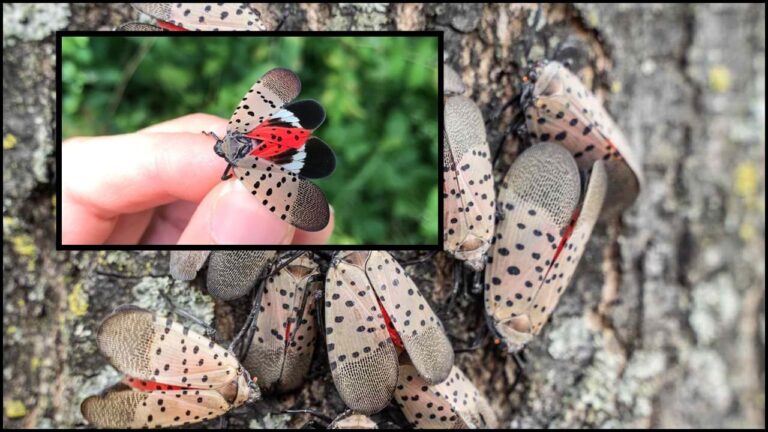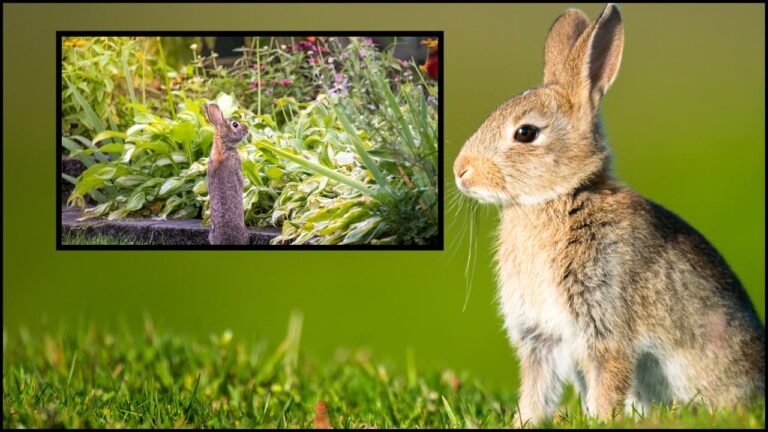How to Keep Opossums Away: Humane Solutions
Imagine the silver glow of moonlight cascading over your backyard. Amid the rustling of leaves, a pair of curious eyes peers out, their owner clad in a shaggy coat of gray and silver. An opossum has made an unexpected visit. At first glance, their odd, almost otherworldly appearance might unsettle you. But is this nocturnal wanderer a menace, or could it be nature’s misunderstood ally?
Let’s delve into the intriguing world of opossums, unravel their habits, and discover ways to manage their presence with humane methods.
A Marsupial Marvel
Did you know opossums are the only marsupial species found in the United States? These unique creatures, measuring between 1 and 4 feet in length and weighing up to 15 pounds, are a living testament to nature’s quirky design. With their silver-gray fur and long, hairless tails, opossums are experts at adapting to various environments. However, their penchant for tearing through trash bins, raiding gardens, and leaving behind an unwelcome smell when playing dead often places them on the “unwanted guests” list.
Despite their pesky reputation, opossums serve as nature’s cleanup crew, feasting on pests like ticks, beetles, and even venomous snakes. However, their occasional destructive antics in yards and gardens mean it’s sometimes necessary to gently nudge them to move along.
Opossum Misadventures: Signs of Their Presence
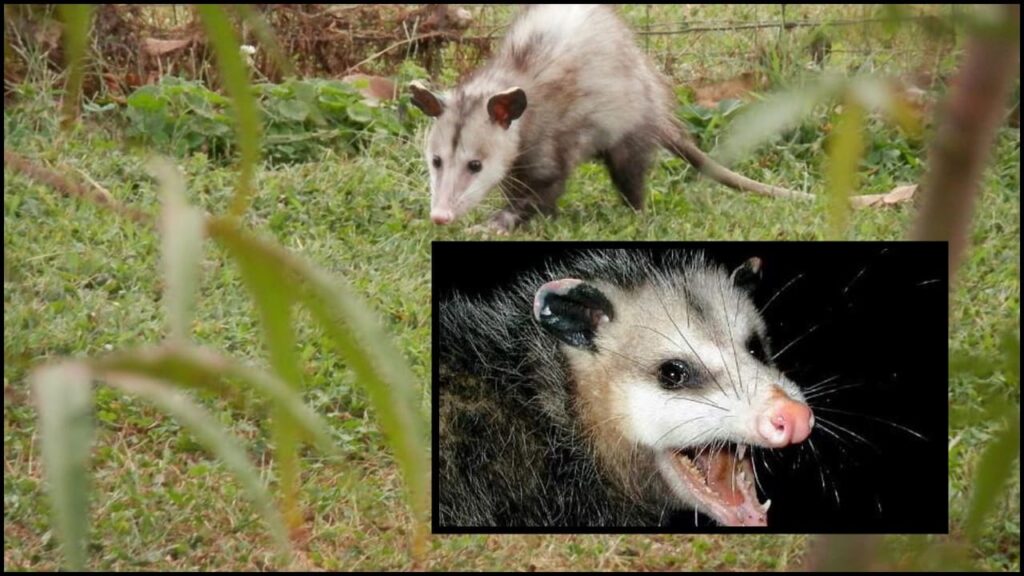
Before diving into deterrence, it’s essential to identify the subtle clues that opossums leave behind:
- Garden Mayhem: Damaged crops, missing fruits, and overturned compost piles.
- Mysterious Scat: Smooth, brown droppings resembling a cat’s.
- Uninvited Noise: Hissing, growling, or scratching sounds during the night.
- Tracks and Trails: Rear footprints with “thumbs” and occasional dragging marks.
If these signs seem familiar, an opossum may have made your yard its new playground.
How to Keep Opossums Away: Humane Solutions
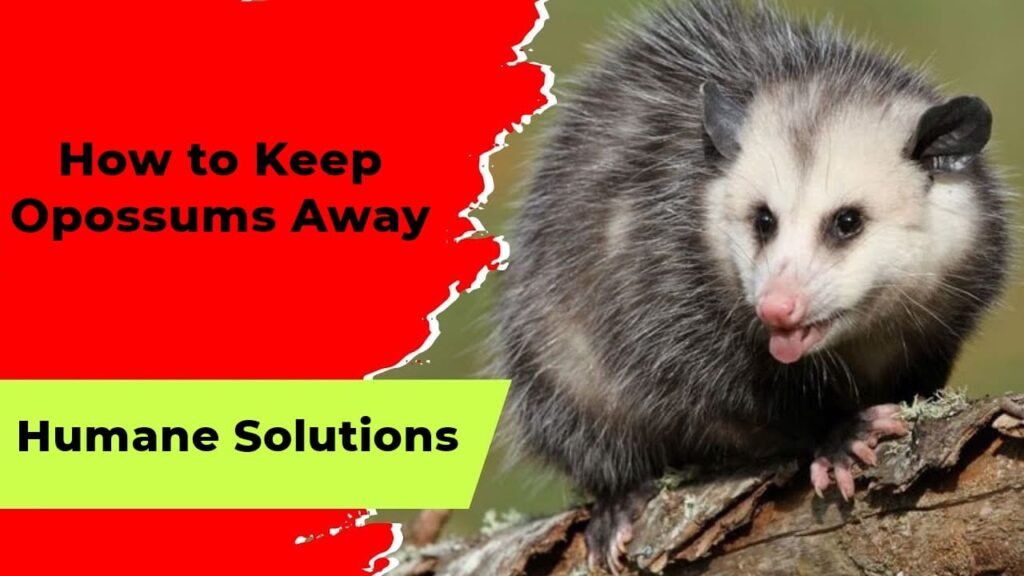
The key to managing opossums lies in understanding their needs. They seek food, shelter, and safety. Here’s how you can deter them without causing harm.
- Eliminate Food Sources
The surest way to discourage opossums is by cutting off their buffet. Keep your yard clean:
- Rake up fallen fruits and vegetables.
- Use tight-fitting lids on trash bins and compost containers.
- Avoid leaving pet food outside overnight.
- Install seed-catcher bird feeders to minimize scattered birdseed.
- Reduce Hiding Spots
Opossums adore cozy shelters. Deny them a place to nest by:
- Trimming grass and shrubs.
- Clearing brush piles and debris.
- Sealing gaps under decks, sheds, and stairs with hardware cloth or sturdy materials.
- Exclude Them with Fencing
A well-designed fence can be your garden’s best friend. Opt for woven wire or concrete, ensuring:
- At least 4 feet of fencing above ground and 3 feet below.
- Angled tops pointing outward to prevent climbing.
- Consider electric fencing for added protection.
- Repel with Scents
Opossums have a keen sense of smell, making them easy to repel with certain odors:
- DIY Repellents: Create sprays using ammonia, garlic, or chili powder.
- Pet Hair: Distribute small bags of dog or cat fur around your yard to mimic predator presence.
- Avoid harmful substances like mothballs, which can damage the environment and are illegal for outdoor use.
- Scare Them Away
Leverage their natural wariness by using:
- Motion-Activated Devices: Sprinklers, lights, or sound alarms.
- Bright Lights: Install spotlights in areas they frequent, deterring their nocturnal wanderings.
- Trap and Relocate
When other methods fail, humane traps can be a solution. Use bait like apples or pet food and place traps in camouflaged areas. Always follow local laws and contact animal control for safe relocation. Avoid trapping during breeding seasons (February-June) to prevent separating mothers from their young.
Coexistence: Embrace the Unexpected
While opossums might not win beauty contests, their ecological contributions are undeniable. They curb pest populations, reduce yard waste, and rarely carry rabies due to their low body temperature. By understanding their habits and implementing gentle deterrents, you can strike a balance between coexistence and protecting your garden.
Opossums may not be the most glamorous guests, but they’re a reminder of the intricate tapestry of life surrounding us. Whether you choose to welcome them as pest-control allies or encourage them to move on, one thing is certain—they’re a fascinating chapter in the story of your backyard.
By taking simple steps to discourage their mischief while appreciating their role in the ecosystem, you can transform the opossum from a spooky garden ghoul into a quiet, helpful neighbor. After all, every creature has a part to play in nature’s grand design.

